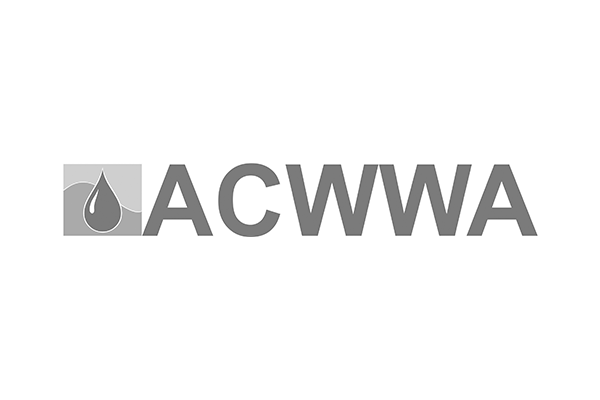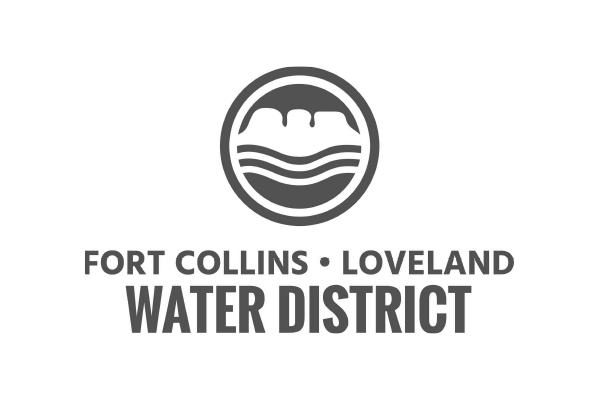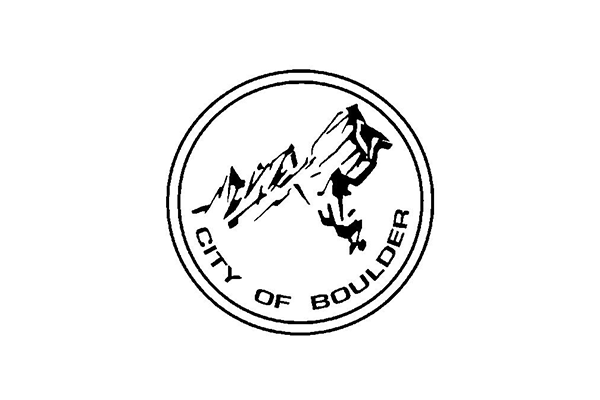Slow the Flow Efficiency Test Resources

Precipitation rate (PR) is the amount of water your sprinklers emit. It is measured in inches per hour. Your PR determines how long you need to run your sprinklers. Zones with a higher PR can run for a shorter time, whereas zones with a lower PR need to run longer. The standard PR range varies for different head types:
-
- Spray heads with standard nozzles: 1.0-1.5 in/hr
- Rotor heads: 0.5-1.0 in/hr
- Spray heads with high efficiency (HE) rotary nozzles: 0.25-0.5 in/hr
To find your PR, our associate performed a catch cup test where they set out the blue cups on your grass to measure your water output. They used this data to determine if you were overwatering, and if so, adjusted your run times appropriately.

Distribution Uniformity (DU) refers to how evenly your sprinklers water your yard. It is measured as a percentage where 100% means each area of grass in a zone gets the exact same amount of water from your sprinklers. However, since no sprinkler system is perfect, some areas get watered more than others. So, here are some guidelines to understand your DU:
-
- DU of 70% or more: Excellent! This zone is watered efficiently.
- DU of 40-70%: Fair. The water coverage in this zone is adequate but could be improved.
- DU of 40% or less: Poor. This zone has very uneven watering. This can lead to dry, brown spots or waterlogged areas.
For zones with a DU of 40-70%, making minor adjustments such as raising low heads, straightening tilted heads, and trimming bushes or trees that block sprinklers can help improve DU. For zones with a DU of less than 40%, you may have improper water pressure or design issues, such as poor spacing between heads or the wrong head type. A landscaping professional can help you address these issues.

On average, lawns need 27 inches of water per square foot over the course of the watering season, while shrub beds need 18 inches of water per year. The water usage estimate that we provide is based on your landscape size, the amount of lawn area and non-lawn areas, and average weather for the Front Range.

Every type of sprinkler has a water pressure range where it works best. The optimal pressure ranges for different head and nozzle types, measured in pounds per square inch (PSI) are:
-
- Spray heads with standard nozzles: 20-30 PSI
- Rotor heads: 25-80 PSI
- Spray heads with high efficiency (HE) rotary nozzles: 20-55 PSI
Often, sprinklers can still work at pressures higher or lower than the optimal range, but they likely won’t water your yard as effectively. High pressure can cause misting (small water droplets that float away rather than landing on your lawn). It can also lead to excess wear and tear on your system, which may cause parts to break or malfunction. To fix high pressure, you can install pressure regulating heads or a pressure regulator on the zone valve.
If your pressure is low, you can try watering when fewer people in your area are watering or modifying your system so there are fewer sprinklers per zone. Low pressure can also be a sign of a major leak. If you suspect you may have a leak, we recommend to contact an irrigation professional. The Irrigation Association or Associated Landscape Contractors of Colorado websites can help you find a certified landscaping company near you.

Deep grass roots produce healthier lawns. Lawns with roots at least 6 inches deep are more resilient against heat, drought, pests, diseases, and weeds compared to lawns with shallow roots. If your grass roots are under 6 inches, you can promote growth with deep, infrequent waterings- about a half inch of water no more than 3 days per week. In addition, using our recommended Cycle and Soak method will water deeper into your soil while limiting runoff.

Clay is by far the most common soil type that we find along the Front Range. It absorbs water much slower than sandy or loamy soils because it is very compact. The Cycle and Soak watering method we recommend allows breaks between watering cycles to give the water time to soak into the clay-rich soil.








































